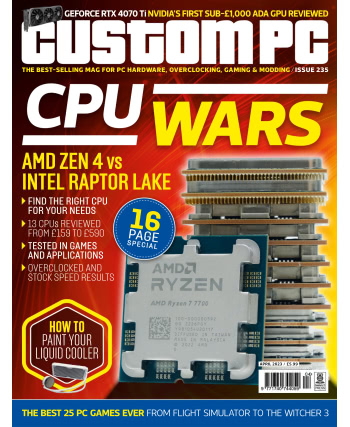
Custom PC was my first print byline, and I’ve been writing for the magazine near-continuously my entire career. Hobby Tech itself has been running in the magazine for two months short of a full decade without a single missed deadline, over which time I’ve seen hobbyist products launch and prosper or wither on the vine – along with, of course, a sprinkling of vapourware. I’ve created benchmarks for microcontrollers and single-board computers, put together a custom workflow for high-resolution thermal imagery with visible-light backdrops, taken and edited quite literally thousands of photographs, reviewed hardware, software, and books, interviewed a broad range of people, and penned guides for everything from a hardware RSS feed reader to compiler optimisation.
I am determined that this will not be the end of Hobby Tech, which has long been a popular section of the magazine. In the coming months I’ll be seeking a new outlet for the column – and if you have a publication you think may be interested, please do send the editor my way!
For this final issue of Custom PC, meanwhile, I took a look at the impressive Open Circuits, the CRUMB Circuit Simulator, and the news of Sipeed’s upcoming LM4A system-on-module and PINE64’s PineTab2.
Open Circuits, to start, is Eric Schlaepfer and Windell H. Oskay’s love-letter to electronics. Published by No Starch Press, the hardback tome is a full-colour investigation of what actually goes into electronic components – from multi-layer printed circuit boards and integrated circuits to vintage devices like valves and simple gadgets like switches. We’re not just talking theory, here: the authors literally grind the components down to reveal their inner workings, capturing cross-sectional imagery which you won’t find anywhere else.
Originally a mobile app and now available on Valve’s Steam, Mike Bushell’s CRUMB is another way of looking at electronics – allowing you to build surprisingly complex circuitry in a realistic 3D environment from virtual components. Using SPICE for the actual simulation work, CRUMB offers a drag-and-drop approach to breadboard projects which keeps your desk free of clutter and which is surprisingly detailed – though perhaps a little tricky to operate at times.
All this, and more, is available for a limited time at your nearest newsagent or supermarket – for the last time ever. Goodnight, Custom PC Magazine, and rest well.


